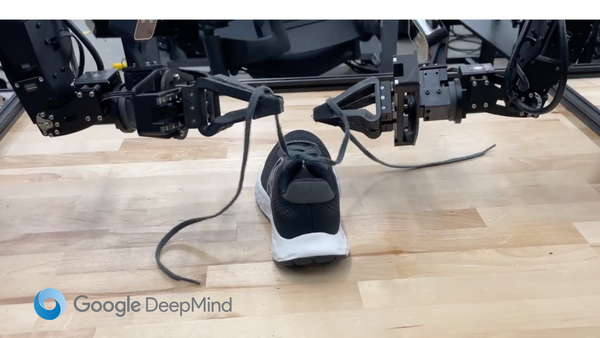Understanding the Types of Humanoid Robots and Use Cases
Learn the most common types of humanoid robots and the current use cases.

Whether aiding in disaster response or performing routine tasks in structured environments, humanoid robots are becoming a part of our technological landscape, driving efficiency and safety in ways previously thought impossible.
When most people think about humanoids, they picture bipedal robots like C-3PO or Ex Machina.
However, the world of humanoid robots is diverse, and each type is designed for specific tasks and environments.
Here's a quick guide to the types of humanoid robots being developed and their applications.
Some are still in the research and development phase. As quickly as a new robot is introduced, others will retire, undergo a complete remodel, or disappear from the market.
So, I’ll try to provide specific examples for each type of humanoid robot and update this article as new ones are introduced.
Bipedal Humanoid Robots
Bipedal humanoid robots, which have two legs and an upright torso, are built to move through spaces designed for humans. They can walk, run, and climb stairs, focusing on improving their balance and adaptability.
Ideal for tasks that require movement in human spaces like homes or offices, these robots face challenges with balance, making them prone to falls in changing environments.
Notable examples include Figure’s Figure 01 and Boston Dynamics' Atlas.
Multi-legged Humanoid Robots
Unlike bipeds, multi-legged humanoid robots may have three or more legs and include a torso and often arms, maintaining a humanoid form. This design provides greater stability and capability in handling uneven terrains or complex environments where more traditional forms might struggle.
Although they offer better balance and can navigate challenging terrains, their complexity can increase costs and maintenance needs.
These robots are best suited for industrial inspections and navigating through disaster-stricken zones.
Wheeled Humanoid Robots
Combining wheeled mobility with a humanoid upper body, these robots excel on flat surfaces. They move quickly and efficiently, ideal for indoor tasks in hospitals or schools. However, they struggle on stairs or uneven outdoor terrains.
Eve by 1X Technologies is an example of a wheeled humanoid robot on the market.
Tracked Humanoid Robots
These robots use a tracked system similar to tanks, which is ideal for navigating rough or slippery terrains. While they provide excellent stability and operate in diverse conditions, their design complexity can lead to higher costs.
They are best suited for hazardous environments where stability is critical. Roli is an example of a tracked robot used for academic purposes.
Hybrid Humanoid Robots
Hybrid humanoid robots merge legged and wheeled designs to maximize efficiency. They can switch between walking and rolling based on the terrain, offering flexibility in mixed environments.
Despite their adaptability, the complexity of controlling two locomotion systems increases their cost.
Robots like NASA’s RoboSimian, which can walk or roll, are prominent in this category.
Quadruped Robots
These four-legged robots focus on stability and mobility inspired by animal locomotion. They do not typically have a humanoid upper body, differentiating them from multi-legged humanoid robots.
Quadrupeds are especially effective in outdoor and rugged terrains, performing tasks such as search and rescue, geological surveying, and agricultural monitoring.
Examples like Boston Dynamics' Spot demonstrate their ability to operate in various challenging settings.
Market Implications
Companies will learn from research, prototypes, and competitive products as the humanoid robot market grows. Each company will tailor its products to meet specific ideal customer, environmental, and task requirements.
Humanoid robots will become more capable of performing complex tasks across many settings and use AI/LLM to improve human-robot interaction.
Understanding these types helps businesses and investors identify opportunities to deploy these robots to meet specific operational needs.



